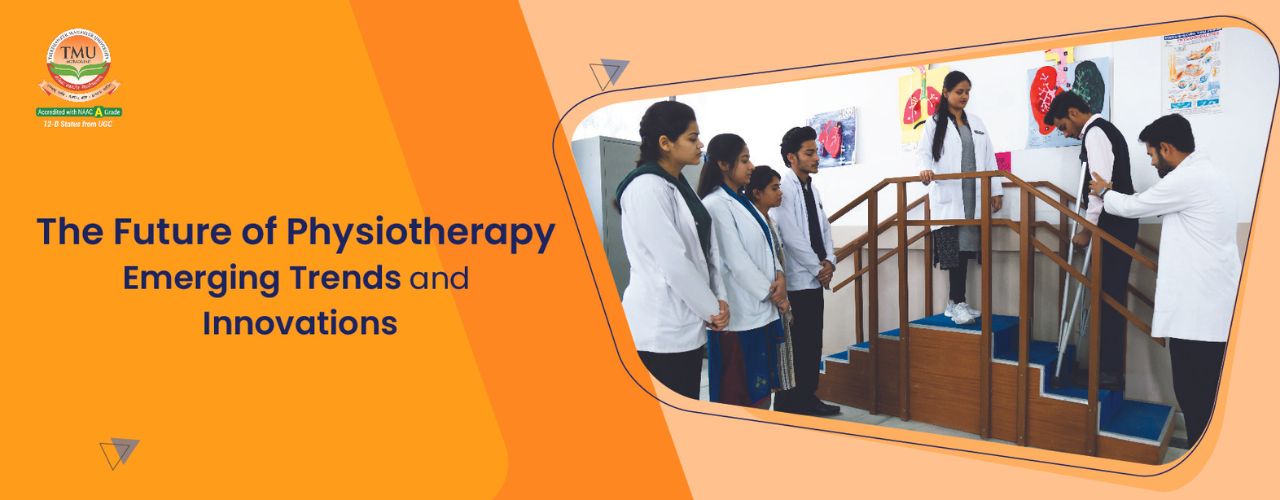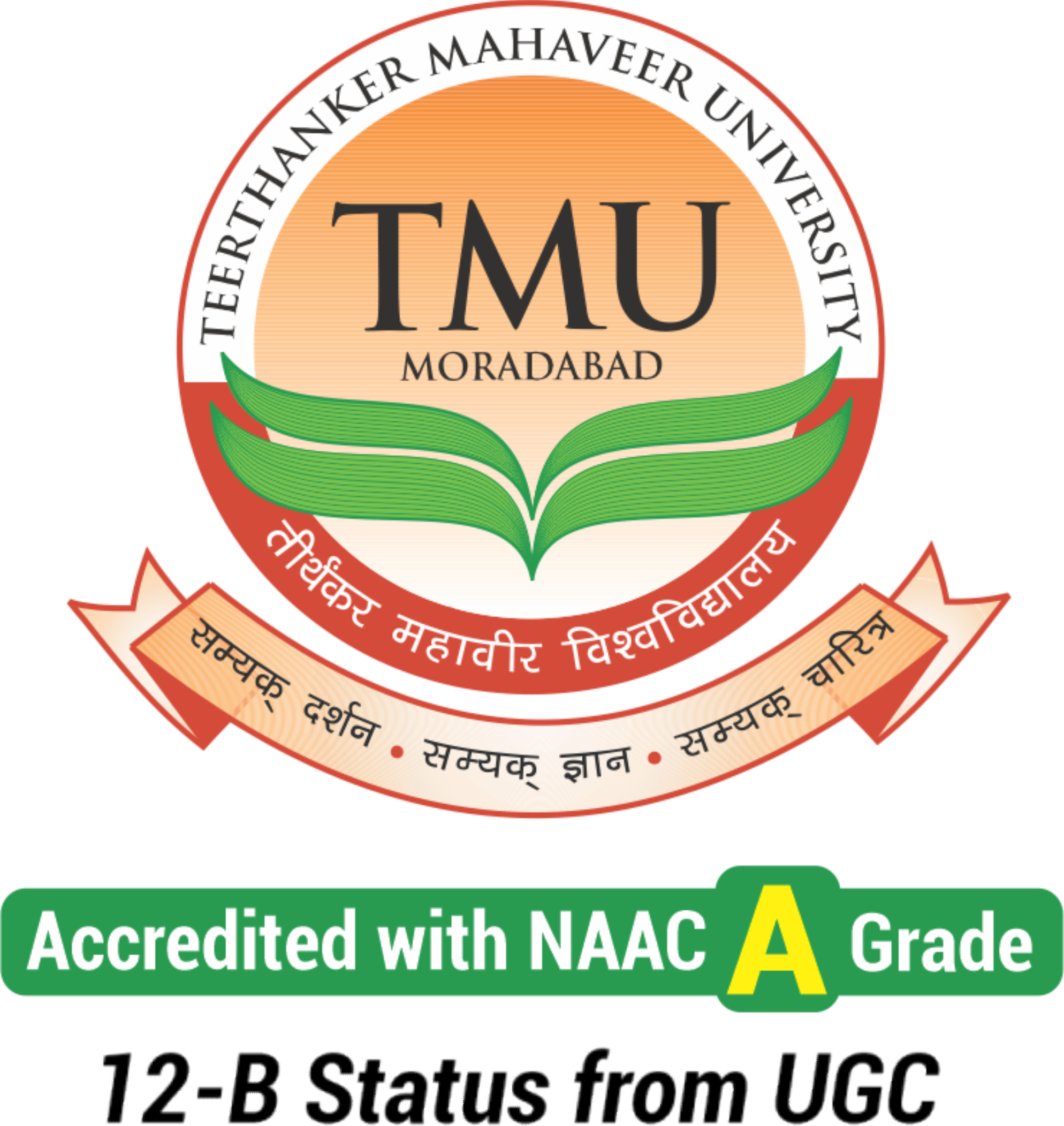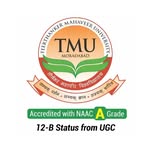The Future of Physiotherapy: Emerging Trends and Innovations
Table of Contents
Physiotherapy, also known as physical therapy, is a healthcare profession focused on helping individuals improve their physical function and manage pain.
It involves the assessment, diagnosis, and treatment of physical impairments caused by injury, illness, or chronic conditions. The goal of physiotherapy is to enhance mobility, strength, and overall quality of life. Here's a breakdown of what it's about:
- How it works: Physiotherapists use a variety of techniques like exercise, manual therapy (hands-on techniques), and education, to help patients.
- Qualifications and Training: Physiotherapists are highly trained professionals. They typically hold a Bachelor’s Degree in Physiotherapy (BPT) , which provides foundational knowledge and practical skills. Many also pursue advanced education, such as a Master’s Degree in Physiotherapy (MPT) or a Doctor of Physical Therapy (DPT), which offer deeper clinical training and specialization.
- Who benefits: People of all ages can benefit from physiotherapy, from those recovering from injuries to those managing chronic conditions.
Who is a Physiotherapist?
A physiotherapist, also known as a physical therapist, is a healthcare professional trained to help people improve their movement and manage physical problems. They act like a coach for your body, helping you regain strength, flexibility, and function.
Here's a closer look at what a physiotherapist does:
- Assesses your condition: They'll evaluate your movement, strength, and any limitations you're facing. This might involve tests, questions about your medical history, and observing your movements.
- Creates a treatment plan: Based on your assessment, they'll design a personalised plan that could include:
- Exercises: Specific exercises to improve your strength, flexibility, and balance.
- Manual therapy: Hands-on techniques like massage, joint mobilisation, and stretching to improve movement and reduce pain.
- Education: Providing you with information about your condition, how to manage it, and prevent future problems.
Teerthanker Mahaveer University
Apply for Admission
Click Here To Apply for Admission
Innovations in Physiotherapy Practices
Emerging technologies in physiotherapy are continually evolving with innovative practices that enhance patient care and outcomes. Here are some key innovations that are transforming physiotherapy:
- Telehealth and Virtual Physiotherapy
- Wearable Technology
- Artificial Intelligence (AI)
- Robotics
- 3D Printing
- Mobile Health (mHealth) Apps
- Virtual Reality (VR)
- Biofeedback
- Advanced Imaging Techniques
- Hydrotherapy and Aquatic Therapy
- Shockwave Therapy
Future Trends in Physiotherapy
Physiotherapy is a dynamic and evolving field that continues to adapt to the needs of patients and advancements in medical science and technology. The future of physiotherapy looks promising, with several emerging trends set to shape the practice. Here are some key future trends in physiotherapy:
1. Telehealth and Virtual Physiotherapy
The pandemic accelerated the adoption of telehealth, including virtual physiotherapy. This trend provides remote access to consultations, telerehabilitation, and home exercise programmes, improving accessibility and convenience.
2. Wearable Technology and Mobile Health (mHealth)
Wearable devices and mobile health apps are revolutionising physiotherapy. These technologies monitor physical activity and vital signs, allowing physiotherapists to offer personalised treatment plans and track progress accurately.
3. Artificial Intelligence and Machine Learning
AI and machine learning are set to transform physiotherapy. AI algorithms can analyse patient data to predict outcomes and customise rehabilitation programmes, improving early diagnosis and intervention.
4. Robotics and Assistive Devices
Robotic technology, including exoskeletons and assistive devices, aids in rehabilitation, especially for patients with severe injuries or neurological conditions. These devices enhance recovery by providing support and resistance during exercises.
5. 3D Printing and Custom Orthotics
3D printing allows for the creation of custom orthotics and prosthetics, providing precise and personalised fit, enhancing patient comfort, and improving mobility.
AI and Machine Learning in Physiotherapy
Artificial intelligence (AI) and machine learning (ML) are revolutionising physiotherapy, bringing a wave of innovation that can improve patient care, treatment effectiveness, and overall healthcare experiences. Here's a breakdown of how AI and ML are making a difference in physiotherapy:
Transforming Treatment Plans:
- Personalised Medicine: AI algorithms can analyse vast amounts of patient data, including medical history, movement patterns, and recovery progress. This data can be used to create personalised treatment plans tailored to each patient's unique needs and condition. Imagine an AI system that recommends specific exercises based on a patient's injury type, age, and fitness level.
- Predictive Analytics: Machine learning models can analyse past data to predict potential outcomes and identify patients at risk for complications. This allows physiotherapists to intervene early and adjust treatment plans proactively, potentially leading to faster recovery times and reduced readmission rates.
Enhancing Rehabilitation Techniques:
- AI-powered Rehabilitation Programs: Imagine interactive exercise programs that adapt to a patient's progress in real time. AI can analyse movement data from wearable sensors and provide feedback on form and technique, ensuring patients perform exercises correctly and safely. This can also help prevent injuries during rehabilitation.
- Virtual Reality (VR) and Augmented Reality (AR): VR can create immersive environments for practising exercises in a safe and controlled setting. AR can overlay real-time biofeedback on a patient's movements, helping them visualise proper form and track progress. These technologies can boost patient engagement and motivation during rehabilitation.
Improving Patient Care and Support:
- Telehealth and Remote Monitoring: AI-powered chatbots and virtual assistants can provide patients with 24/7 support and guidance between physiotherapy sessions. This can answer frequently asked questions, offer exercise reminders, and monitor pain levels remotely.
- AI-powered Diagnostics: While still under development, AI has the potential to analyse movement patterns and medical images to assist physiotherapists in diagnosing musculoskeletal conditions. This could lead to faster and more accurate diagnoses, allowing for early intervention and improved treatment outcomes.
Challenges and Considerations:
- Data Privacy and Security: As with any digital health solution, ensuring patient data privacy and security is paramount. Robust cybersecurity measures are essential to build trust and encourage patient adoption of these technologies.
- Human Expertise Remains Crucial: While AI and ML offer powerful tools, they should not replace the irreplaceable human element of physiotherapy. The therapist's clinical judgment, empathy, and ability to build rapport with patients are still vital for successful rehabilitation.
- Accessibility and Equity: Not everyone has access to high-tech equipment or reliable internet connections.
Physiotherapists need to consider these disparities and find ways to make these advancements accessible to a broader population, potentially through lower-cost alternatives or innovative solutions.
Modern Physiotherapy Techniques
Modern physiotherapy techniques go beyond traditional exercise programs and manual therapy. They leverage innovation and technology to create a more personalised, effective, and engaging rehabilitation experience. Modern physiotherapy is like a toolbox with cool new gadgets to help you recover faster and feel better! Here's some of the cool stuff:
- Video game therapy: Imagine exercising in a virtual world! That's what VR does, making rehab more fun and engaging.
- Fancy watches and trackers: These track your progress, like how well you walk, and help your physiotherapist tailor exercises to your needs.
- Focus on preventing injuries: Physiotherapists can now help you avoid getting hurt in the first place by finding weaknesses and suggesting exercises to strengthen them.
- Specialised needles: These tiny needles target tight muscles to relieve pain and help them work better.
Overall, modern physiotherapy is about using technology and new ideas to create a personalised plan to get you back on your feet, and feeling great!
Additional Techniques:
- Dry Needling: This involves inserting thin needles into trigger points, and tight muscles knots, to relieve pain and improve muscle function.
- Kinesio Taping: Specialized tape applied to the skin to provide support, improve proprioception (body awareness), and promote healing.
- Shockwave Therapy: High-energy sound waves are used to stimulate tissue healing and reduce pain in chronic conditions like tendinitis.
- Low-Level Laser Therapy (LLLT): Low-intensity lasers promote tissue repair and pain relief, often used for sports injuries and arthritis.
Benefits of Modern Techniques:
- Improved Patient Outcomes: These techniques can lead to faster recovery times, better pain management, and a more holistic approach to rehabilitation.
- Enhanced Engagement: Tech-infused methods can make therapy more interactive and engaging, motivating patients to adhere to their treatment plans.
- Personalized Care: Data-driven approaches allow for personalised treatment plans tailored to each patient's specific needs and condition.
Telehealth Advancements in Physiotherapy
Telehealth has become a game-changer in physiotherapy, making physical therapy more accessible and convenient for patients. Here's how telehealth is revolutionising physiotherapy:
- Remote care: People in remote areas or with mobility limitations can now connect with physiotherapists virtually, eliminating the need for travel. This expands access to physiotherapy services for a wider population.
- Convenience: Imagine scheduling physiotherapy appointments from the comfort of your home. Telehealth makes it easier to fit physiotherapy into your busy schedule, potentially leading to better adherence to treatment plans.
- Real-time monitoring: Some telehealth platforms allow therapists to monitor a patient's progress remotely using wearable tech. This can provide valuable data on factors like range of motion and exercise performance.
- Cost-effective: Telehealth can sometimes be more cost-effective than traditional in-person appointments, especially when considering travel costs.
- Applications beyond consultations: Telehealth can be used for educational purposes, allowing therapists to deliver exercise instructions and educational videos to patients remotely.
Here are some things to consider with telehealth physiotherapy:
- Limited physical touch: While some physiotherapy techniques can be delivered virtually, manual therapy may still require in-person appointments.
- Tech limitations: A reliable internet connection is essential for successful telehealth consultations. Not everyone has access to this, creating a potential gap.
- Not a complete replacement: Telehealth is best seen as a complement to traditional physiotherapy, not a complete replacement.
Physiotherapy Research and Innovations
Physiotherapy research is a dynamic field constantly exploring new ways to improve patient care and rehabilitation. Here's a breakdown of some key areas of research and innovation:
Imagine this:
- Video game therapy: Forget boring exercises! Now you can battle robots while working on your balance, or virtually walk through a park to improve your walking. Talk about making rehab fun!
- Smartwatches as your PT buddy: These track your progress and help your physiotherapist design a personalised plan, just for you. No more generic exercises – it's all about what your body needs.
- Preventing injuries before they happen: Physiotherapists are like detectives, figuring out what might cause you pain and designing exercises to keep you strong and healthy. So you can avoid injuries altogether.
But that's not all!
- Super-smart computers are learning your secrets: Imagine a computer that analyses your health data and creates a treatment plan based on your unique body and injury. Talk about personalised care!
- Robots joining the physio team: Robots might soon be helping you with exercises or even giving you a high-tech massage!
This is just the beginning! Physiotherapy research is booming, with discoveries all the time. So the next time you need some physio love, you might just be surprised by the cool tech helping you get better, faster.
Cutting-Edge Physiotherapy Solutions
Physiotherapy is no longer just about stretching and strengthening exercises. Get ready for a high-tech revolution that's transforming rehab into a faster, more effective, and even fun experience! Here's a glimpse into cutting-edge physiotherapy solutions:
Gamified Rehab with VR & AR:
- Imagine practising walking through a virtual park for gait training or battling aliens while working on your balance. Virtual Reality (VR) creates immersive environments for rehab, making it more engaging and motivating.
- Augmented Reality (AR) superimposes real-time data onto your movements, providing biofeedback and improving exercise form. Imagine seeing your range of motion visualised or receiving visual cues for proper technique.
Smart Tech Tailors Your Recovery:
- Wearable technology with biosensors tracks your progress in real time. This data, like muscle activity or gait analysis, helps physiotherapists design personalised exercise programs for faster recovery.
- Think of smartwatches that act like your pocket physio, reminding you to do your exercises or monitoring your pain levels.
Focus on Prevention, Not Just Repair:
- Physiotherapy is moving towards preventing injuries before they happen. By analysing your movement patterns and identifying risk factors, therapists can design preventative exercise programs to keep you active and healthy.
The Rise of Robotics in Physio:
- Robots are emerging as potential assistants in physiotherapy. Imagine robots guiding you through exercises, providing gentle assisted mobilisation, or even giving a therapeutic massage!
AI Powering Personalized Treatment:
- Artificial intelligence (AI) analyses vast amounts of patient data to create highly personalised treatment plans. Imagine an AI system recommending specific exercises based on your injury type, age, and even genetic makeup!
Benefits of Cutting-Edge Physio:
- Faster recovery times and improved treatment outcomes
- More engaging and interactive rehab experience
- Personalised care plans tailored to your unique needs
- Potential to prevent injuries before they occur
Conclusion
The landscape of physiotherapy is undergoing a radical transformation. Gone are the days of generic exercise programs and one-size-fits-all approaches. Cutting-edge technologies like AI, VR, and wearable sensors are paving the way for a future of personalised care, faster recovery times, and a more engaging rehabilitation experience.
This future is not just about fancy gadgets; it's about empowering individuals to take control of their health and well-being. Imagine a world where physiotherapy is not just reactive, but proactive, preventing injuries before they happen. Imagine treatment plans tailored to your unique body and needs, delivered through interactive games and real-time feedback mechanisms.
Frequently Asked Questions (FAQs)
Q1: What does a physiotherapist do?
Ans: Physiotherapists help people improve movement and manage pain. They assess your condition, design personalised plans with exercises and manual therapy, and guide you through recovery. They act like coaches for your body, helping people of all ages regain strength, flexibility, and function.
Q2: Is a physiotherapist an MBBS doctor?
Ans: No, a physiotherapist is not an MBBS doctor. Physiotherapists focus on rehab through exercise and manual therapy, while MBBS doctors diagnose a wider range of conditions and prescribe medication/surgery. Physiotherapists (BPT degree) are movement specialists, while MBBS doctors have broader medical training.
Q3: What is the study of physiotherapy?
Ans: Physiotherapy studies focus on movement science for rehab. It covers human body mechanics, how diseases affect movement and various treatment techniques like exercise and manual therapy. Students also learn to assess patients and specialise in areas like sports or geriatrics. It equips them to help people regain mobility and manage pain.
Q4: Can I do physiotherapy after 12th?
Ans: Yes! Physiotherapy is an option after 12th with Science (Physics, Chemistry, Biology) and good marks. You may need entrance exams for some colleges. The starting point is a Bachelor's degree in Physiotherapy (BPT).
Q5: Does physiotherapy require NEET?
Ans: NEET for Physiotherapy varies by college in India. Some require it, others have their own exams. Always check the program's admission requirements to be sure.















